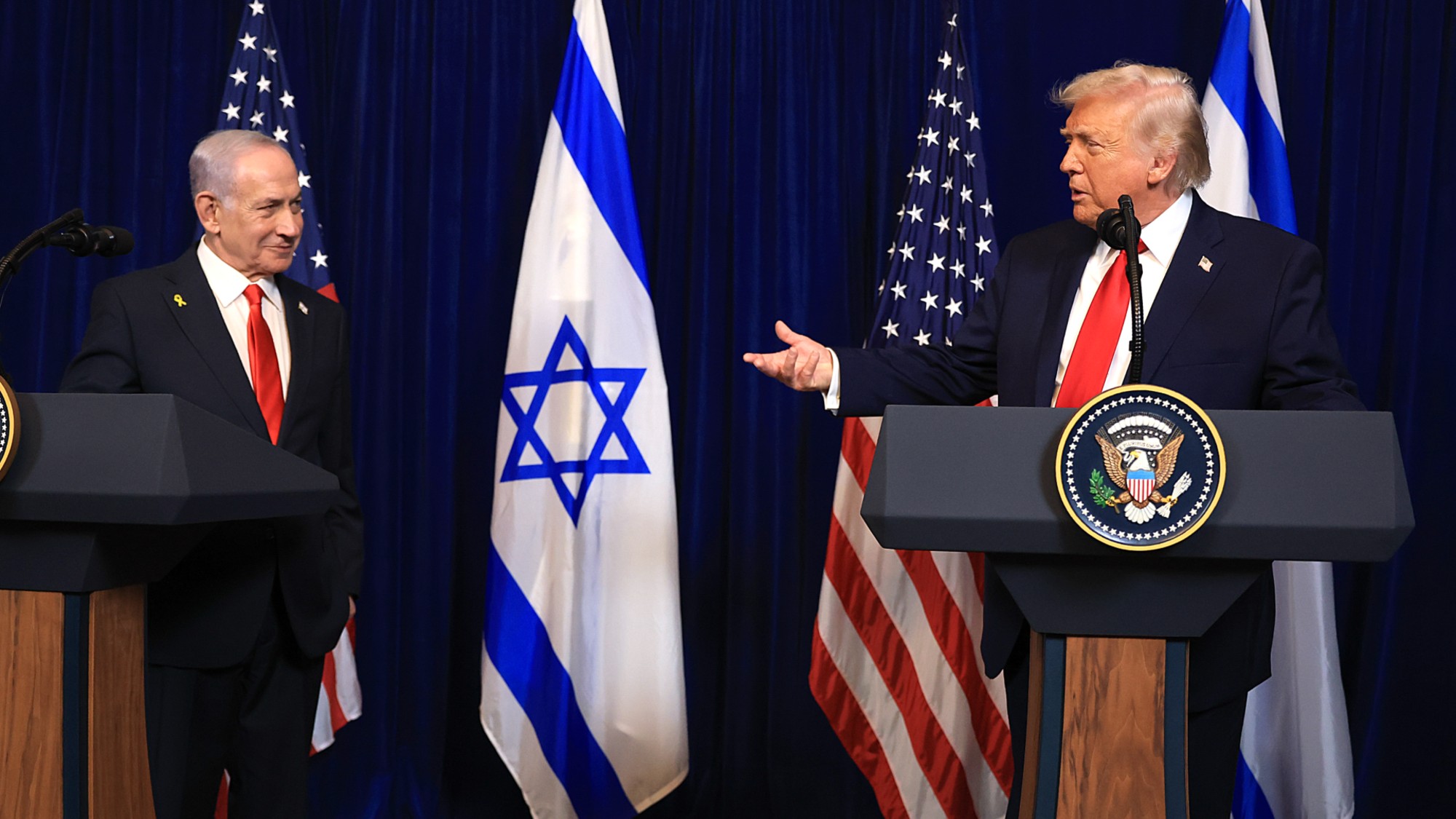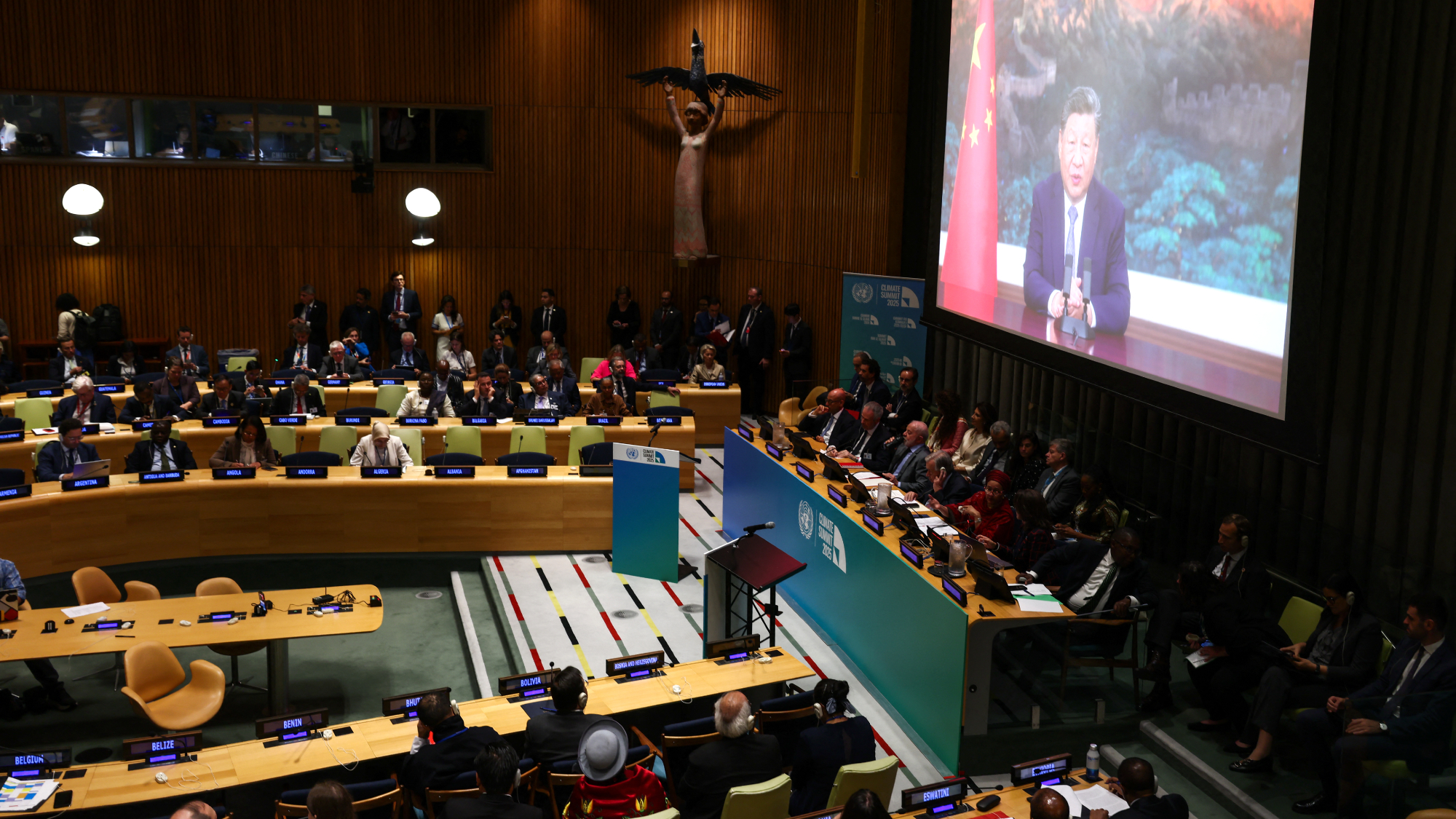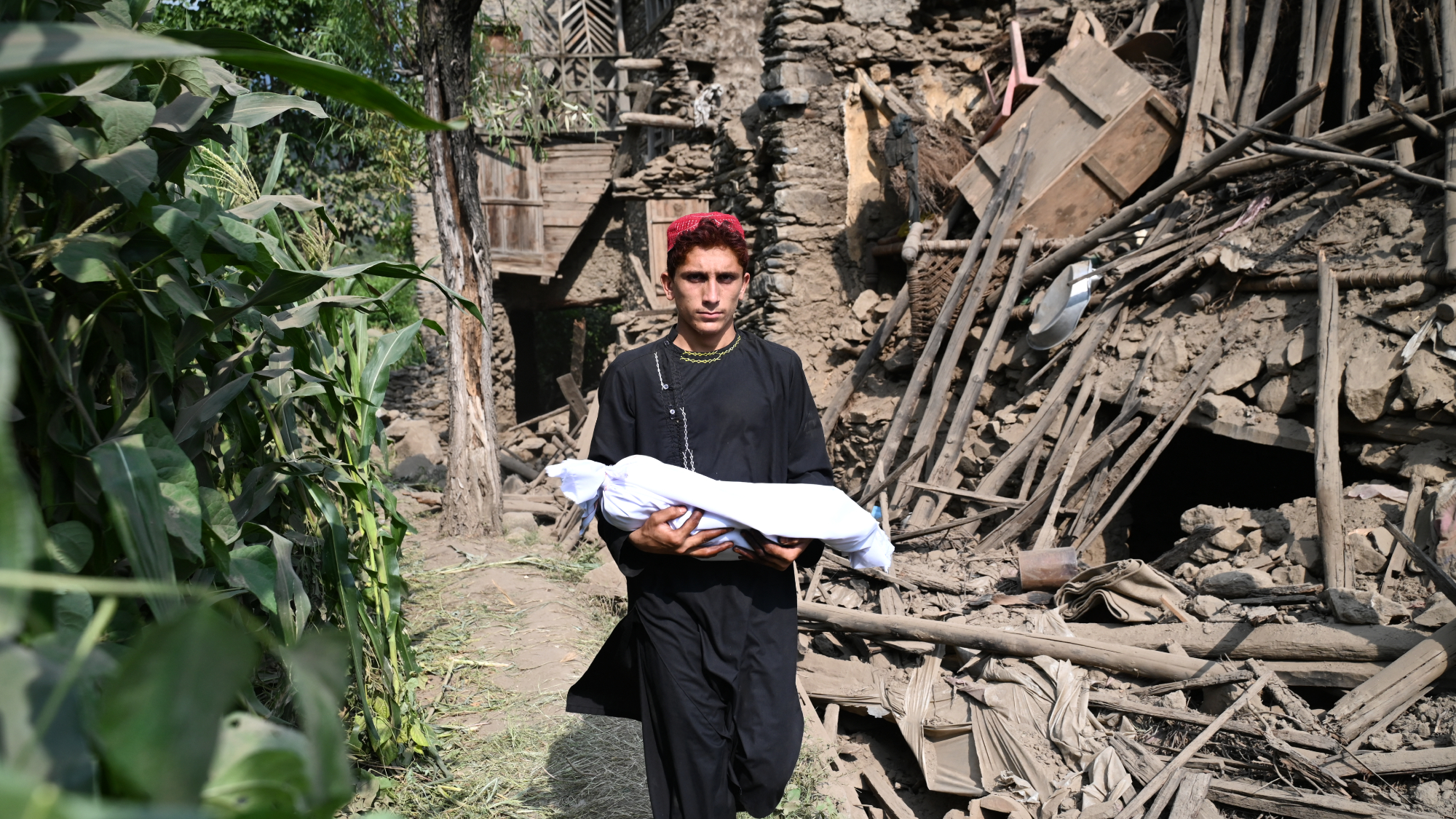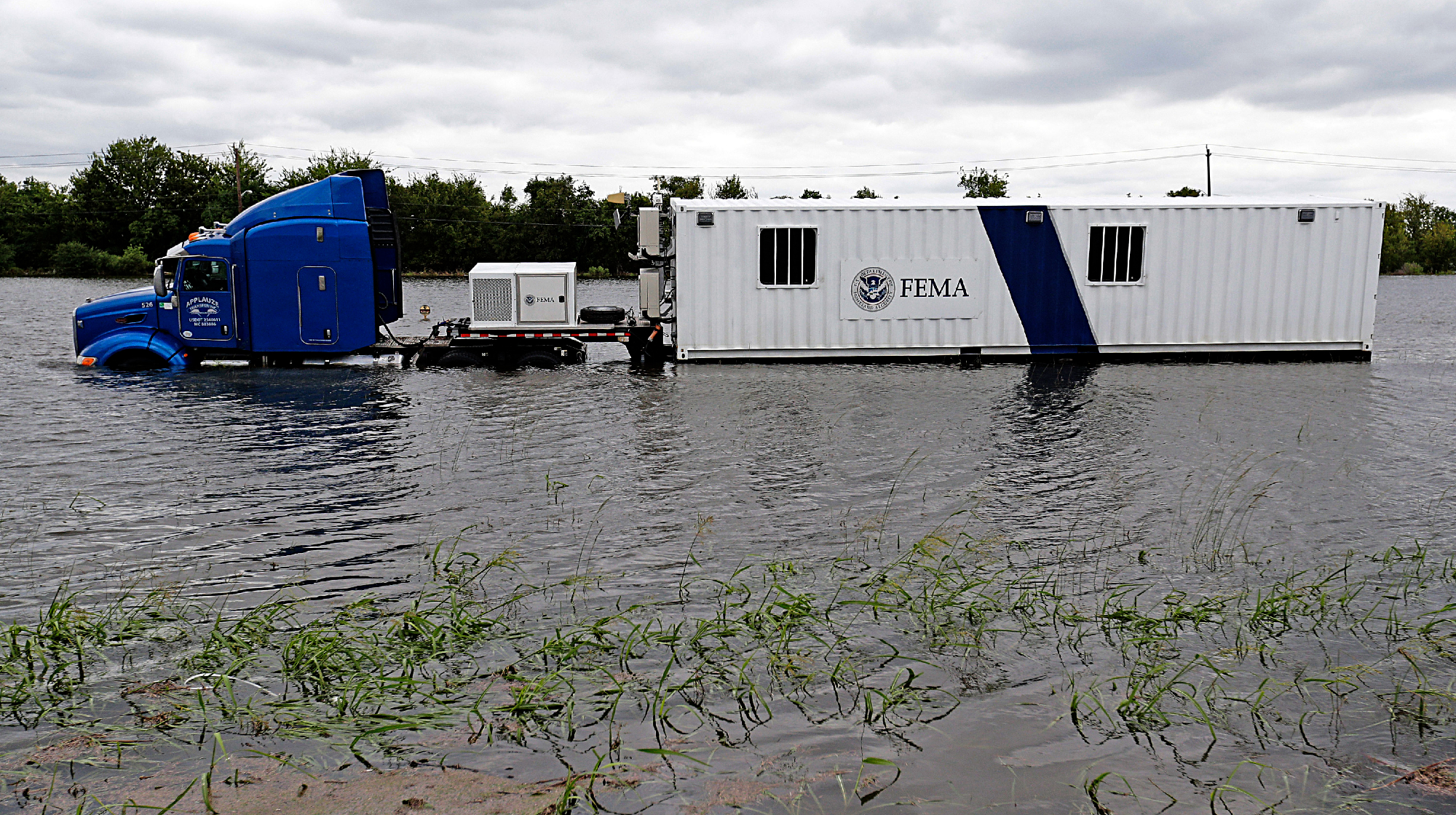Hurricane-proof glass, jammed rifle reportedly hindered the Parkland shooter's spree


The 19-year-old believed to have murdered 17 people at Marjory Stoneman Douglas High School in Parkland, Florida, on Feb. 14 had 180 rounds of ammunition left when he set down his AR-15 rifle and ammo vest to escape the school with the rest of the fleeing students, CBS News reported Tuesday night, and it may be a combination of luck and happenstance that he did not kill more people.
Sources told CBS News that the alleged gunman, Nikolas Cruz, tried to create a "sniper's nest" in a third-floor stairwell, but the building's hurricane-proof glass appears to have thwarted his plans when the window did not shatter despite the 16 rounds he shot into it. Investigators also believe Cruz's rifle may have jammed when he then tried to reload, CBS News correspondent Manuel Bojorquez reported, and he apparently set it down and left. It is still unclear why he stopped firing, though.
Also, CBS News said, citing a federal law enforcement source, some of the gunman's ammunition magazines had swastikas on them, lending some credence to early reports that Cruz belonged to a white supremacist group.
The Week
Escape your echo chamber. Get the facts behind the news, plus analysis from multiple perspectives.

Sign up for The Week's Free Newsletters
From our morning news briefing to a weekly Good News Newsletter, get the best of The Week delivered directly to your inbox.
From our morning news briefing to a weekly Good News Newsletter, get the best of The Week delivered directly to your inbox.
Cruz had been kicked out of Stoneman Douglas in February 2017 for unspecified behavioral issues and told his only option was an alternative school for emotionally disturbed and disabled students, like the kind Cruz was placed in from eighth grade until January 2016, when he spent half the day at Stoneman Douglas and half at the alternative school, Broward County School Superintendent Robert Runcie said Tuesday. In November 2016, after he turned 18, he refused the mental health services the school offered, Runcie said.
A free daily email with the biggest news stories of the day – and the best features from TheWeek.com
Peter has worked as a news and culture writer and editor at The Week since the site's launch in 2008. He covers politics, world affairs, religion and cultural currents. His journalism career began as a copy editor at a financial newswire and has included editorial positions at The New York Times Magazine, Facts on File, and Oregon State University.
-
 ‘Let 2026 be a year of reckoning’
‘Let 2026 be a year of reckoning’Instant Opinion Opinion, comment and editorials of the day
-
 Why is Iran facing its biggest protests in years?
Why is Iran facing its biggest protests in years?TODAY’S BIG QUESTION Iranians are taking to the streets as a growing movement of civic unrest threatens a fragile stability
-
 How prediction markets have spread to politics
How prediction markets have spread to politicsThe explainer Everything’s a gamble
-
 Death toll from Southeast Asia storms tops 1,000
Death toll from Southeast Asia storms tops 1,000speed read Catastrophic floods and landslides have struck Sri Lanka, Indonesia, Thailand and Malaysia
-
 Hurricane Melissa slams Jamaica as Category 5 storm
Hurricane Melissa slams Jamaica as Category 5 stormSpeed Read The year’s most powerful storm is also expected to be the strongest ever recorded in Jamaica
-
 Renewables top coal as Trump seeks reversal
Renewables top coal as Trump seeks reversalSpeed Read For the first time, renewable energy sources generated more power than coal, said a new report
-
 China vows first emissions cut, sidelining US
China vows first emissions cut, sidelining USSpeed Read The US, the world’s No. 2 emitter, did not attend the New York summit
-
 At least 800 dead in Afghanistan earthquake
At least 800 dead in Afghanistan earthquakespeed read A magnitude 6.0 earthquake hit a mountainous region of eastern Afghanistan
-
 Massive earthquake sends tsunami across Pacific
Massive earthquake sends tsunami across PacificSpeed Read Hundreds of thousands of people in Japan and Hawaii were told to evacuate to higher ground
-
 FEMA Urban Search and Rescue chief resigns
FEMA Urban Search and Rescue chief resignsSpeed Read Ken Pagurek has left the organization, citing 'chaos'
-
 Wildfires destroy historic Grand Canyon lodge
Wildfires destroy historic Grand Canyon lodgeSpeed Read Dozens of structures on the North Rim have succumbed to the Dragon Bravo Fire
